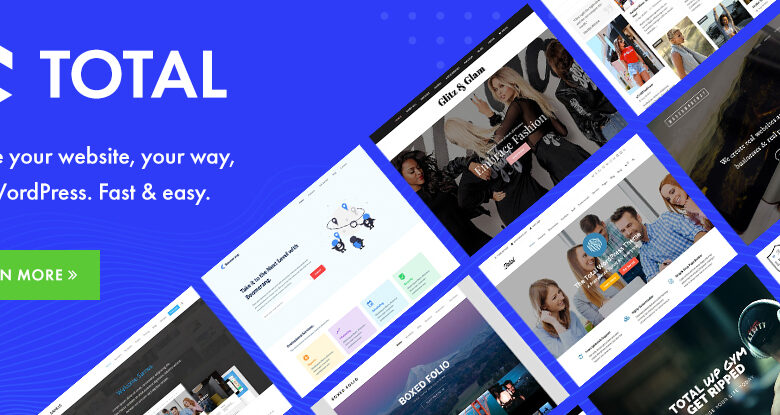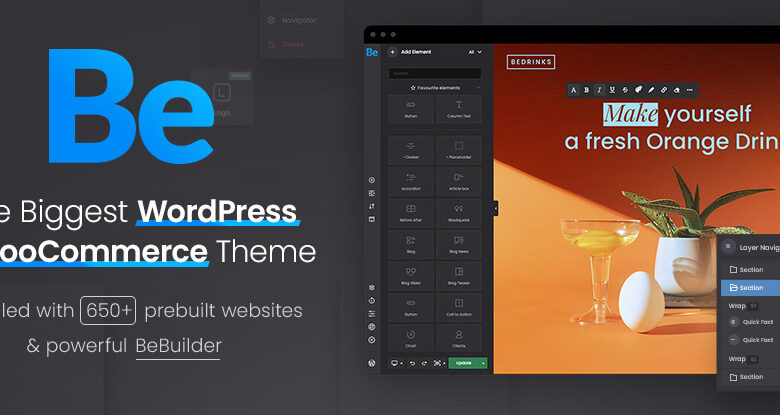“Sa lucram impreuna” is let’s work together in Romanian, and “umarkila sa akin” is hire me in Tagalog. These words are full of meaning if you’re a web designer in Eastern Europe or the Philippines. Well, I don’t know where you’re from, but I do know that you want to make a career of creating many beautiful websites for your clients. Whenever you design websites with a certain demographic in mind, then it’s important to speak your clients’ and your users’ language.
4.1 is the latest WordPress installment. It comes with a distraction-free way to write text, and most of all it makes 44 languages available in the general Settings menu. The extended language pack is a big step forward. Now we know that our favorite CMS has universal coverage.
But does it, really?
Let’s not get ahead of ourselves. WordPress 4.1 goes a long way to create an openness for multiple language use, but it’s far from perfect on its own.
What WordPress 4.1 does
You can install a language quickly, and easily. All from the Settings area.
Go to your general settings, and you instantly notice the brand new language switcher shipped with WordPress 4.1. It shows you the language currently installed, and all the other available ones.
Once you choose a different language, it’s immediately downloaded in the background from wordpress.org. Then, it’s applied to your installation. Easy as one-two-three. The only possible issue in this process is the correct writing permissions.
What WordPress 4.1 doesn’t do
You don’t get to see those changes applied to your premium theme of choice.
OK, so you take very little trouble to install a new language in Settings. Do you think this helps you create websites where the content is written in Malay or Korean? I hate to burst your bubble, but it does nothing of the sort. According to my back-of-the-napkin math, WordPress only does about 5% of the job. The rest is up to you and your theme.
WordPress 4.1 translations only go as far as your Dashboard. When you choose to run everything through a whole new language, you’d think that includes specific sections from your theme. How else are you and your clients able to create websites using the language you prefer?
Well, bummer. The setting simply doesn’t apply to the individual interface of premium themes. However, it paves the way for top-of-the-line themes to show their worth.
How Divi 2.3 turns the tide
Not only you, but your clients can independently write website content in their own language.
Work with the right theme, and there is no need to install extra plugins that hog your bandwidth. That’s a serious complication. You could offer your end users some popcorn while they wait for your pages to load. And not even that will hold them forever. But a good theme saves you the trouble of having to install heavy language plugins.
Get a theme like Divi, and you can install any of 32 languages without too much hassle. Are you wondering whether that involves dealing with .mo and .po files? Well, you can have peace of mind. The developer team from Elegant Themes does all the heavy lifting. As a result, you are free to focus on constructing fresh-looking websites for your clients.
Everything is translated
This new release from Elegant Themes solves ALL language-related problems. That means your clients’, your end users’, and your very own accessibility issues are a thing of the past.
32 languages, including those I mentioned at the beginning of this post, are available with the new and improved Divi Theme. When you settle on a language, Divi translates all front-end elements, as well as the builder interface, and all forms and descriptions. That’s what a language pack is meant to do in the first place.
RTL included
If you want Divi in Arabic or Hebrew, it’s very simple. No need to mess with the CSS to get your RTL translations. And that must be a first when it comes to premium WordPress themes. Select your RTL language from the menu. Elegant Themes are working on toggling the default RTL mode off at will.
What you have to do
Basically, nothing. Oh, the joys of seamless integration!
You don’t have to do anything to start using a certain language for your Divi websites. It’s enough to state your preference in WordPress, and you instantly get to see Divi 2.3 at work. This time, you don’t get the anti-climatic feeling of seeing changes applied to your dashboard alone. You get the real deal.
No extras
Seriously, just select a language from the menu. Let go of other, crippling practices you turned to in the past.
Divi does a lot to support your web design goals. For example, you want to complete client projects faster. Well, you don’t have to waste your time editing .mo or .po files. Also, don’t think for a second that you need to go on a wild goose chase for costly 3rd party plugins. I’m sure you have better things to do, and that you want to build WordPress websites in a cost-effective manner. You clients are definitely happy to save money, and get a deliverable from your really fast.
What do you think?
It’s never been easier to create websites tailored to a specific population scope. As long as you base them on the Divi Theme for WordPress, there are 32 languages to choose from. And do you know why a diverse array of languages is so important?
Language is the core ingredient of all cultures around the world. The implications for user experience are huge. Use a local language not only to make yourself understood to local end users, but also to convey the message that you acknowledge and embrace their actual culture. This means you design websites that deliver a more personal user experience.











“Arkilahin mo ako” is better and has a correct grammar 🙂
“Umarkila sa akin” actually translates closer to ‘rent from me’ in Filipino (Tagalog). “Hire me” doesn’t directly translate very gracefully and needs tone and contextual consideration to properly communicate.
WordPress is a great enterprise web content management system that can efficiently handle any business expectations and deliver some powerful websites. WordPress has its own set of built-in modules, themes and plugins to help a developer to implement any functionality that a business needs. With time, WordPress has evolved as one of the best multilingual, multi-site CMS and the improvements in plugins that comes with each new version of WP makes it a complete package. WordPress 4 has easy to use multi-language functionality that allows an organization to choose for a preferred language right from the installation phase and allows them to change language at any point in time through dashboard. It is also possible to have different sections of a web page written in different languages. WPML and Multilanguage WordPress’ native plugin are from the best tools available to make the developer’s job easy.